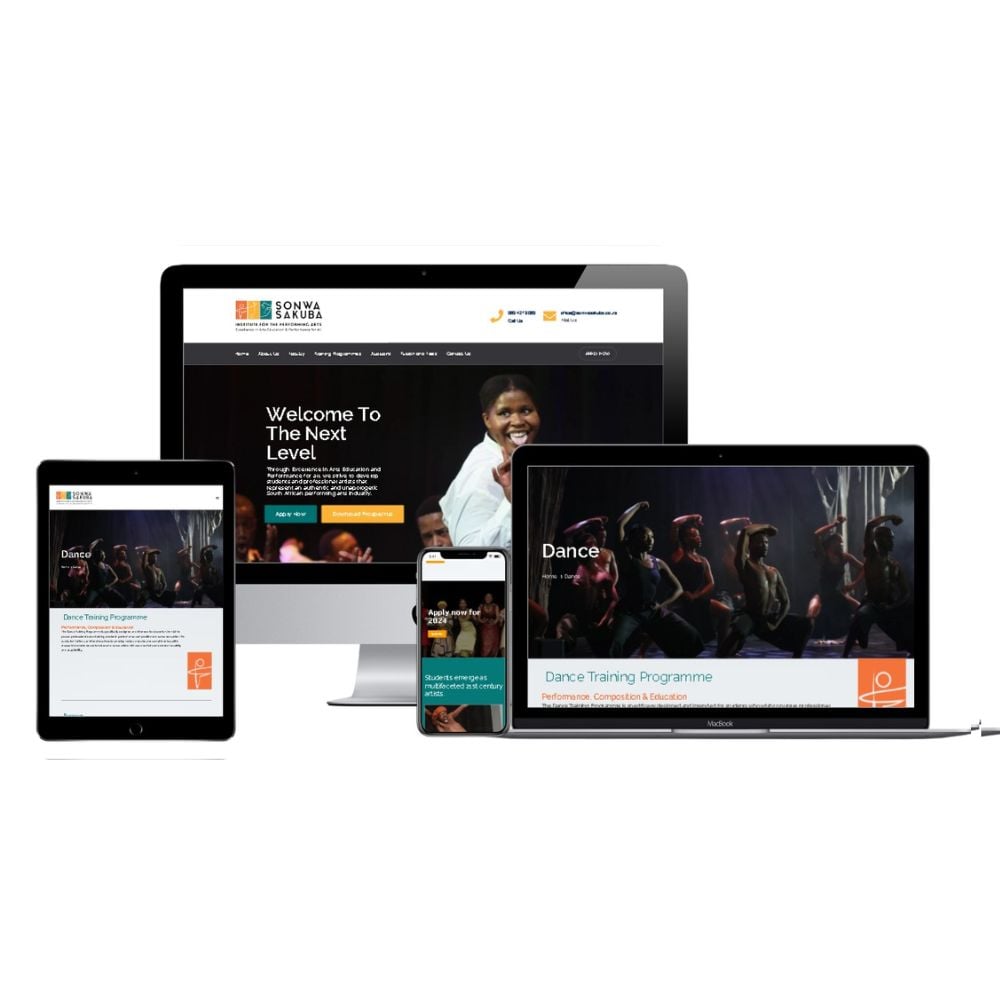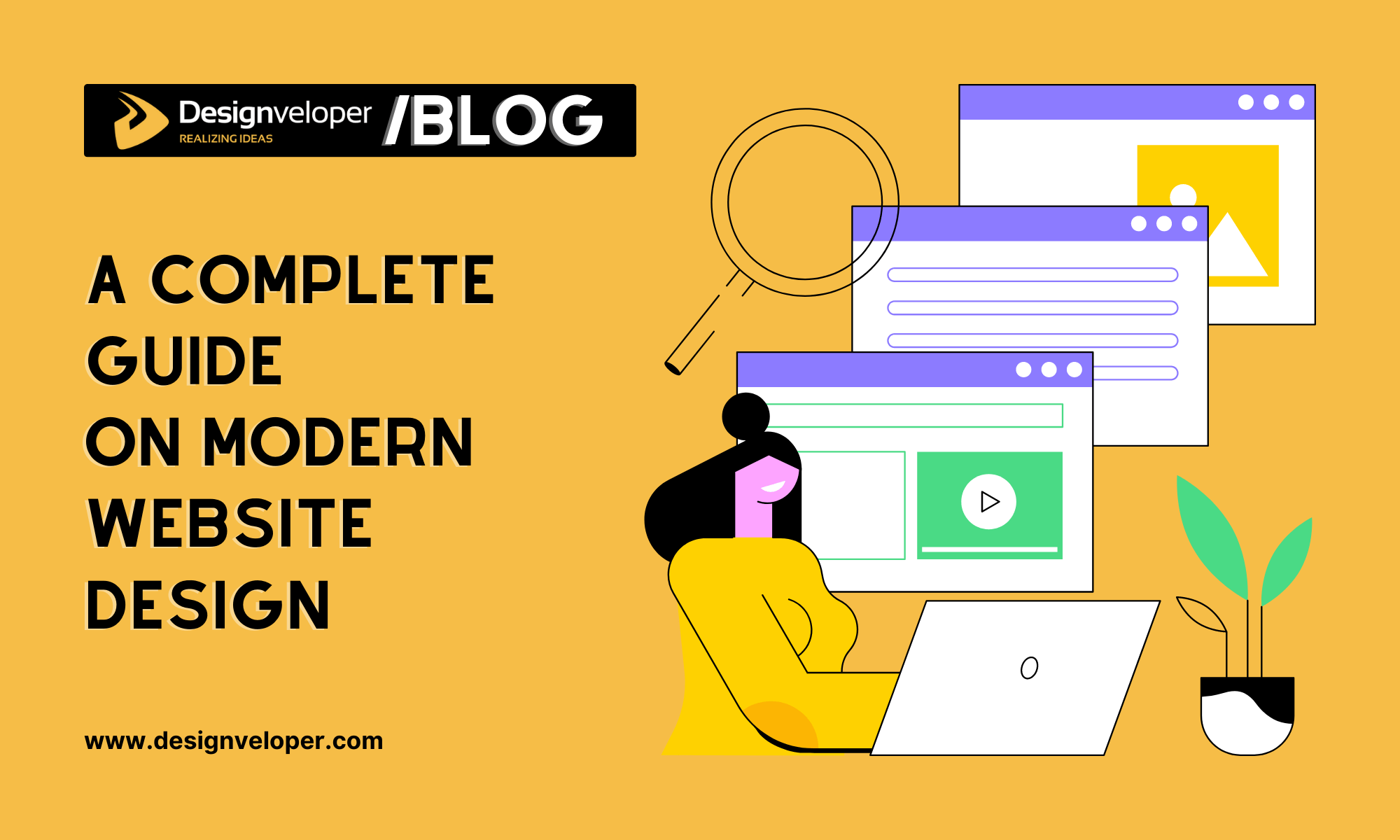User-Friendly Website Design Services That Improve Navigation and Interaction
User-Friendly Website Design Services That Improve Navigation and Interaction
Blog Article
Top Tips for Producing an Impactful Site Layout That Transforms
In today's digital landscape, the value of an impactful website design can not be overemphasized, specifically when it comes to converting site visitors into clients. To accomplish this, one need to think about a range of aspects, consisting of recognizing the target audience, focusing on customer experience, and maximizing for mobile platforms. In addition, the strategic use of engaging call-to-actions and a well-defined visual hierarchy plays a critical role in directing individuals with their trip. As we explore these crucial elements, it comes to be apparent that the success of your website hinges on greater than just looks; it needs a thoughtful method to design and performance.

Understand Your Target Audience
Recognizing your target market is fundamental to effective site design, as it prepares for producing an engaging individual experience. Identifying that your customers are, including their demographics, choices, and behaviors, enables developers to customize the site's web content, design, and capability to meet details needs.
Conducting extensive marketing research is crucial in this process. Studies, meetings, and analytics can give valuable understandings into customer expectations and pain factors. By compiling this data, designers can create customer identities that stand for different sections of the audience, ensuring that style decisions are educated and relevant.
In addition, comprehending the target market aids in selecting suitable design components such as color pattern, typography, and images that resonate with customers. A site that speaks directly to its target market fosters a sense of connection and trust, motivating longer visits and higher conversion rates.
Ultimately, a user-centered strategy to website style not only boosts customer satisfaction however likewise sustains company purposes by driving engagement and commitment. By focusing on the needs and choices of the target audience, a web site can properly offer its purpose and accomplish preferred outcomes.
Prioritize Customer Experience
To enhance the general efficiency of a site, prioritizing individual experience (UX) is vital (Website Design). A properly designed UX ensures that site visitors can navigate the site easily, locate information swiftly, and involve with content meaningfully. This results in increased customer complete satisfaction and greater conversion prices
Begin by implementing user-friendly navigation. Menus needs to be practically structured, enabling customers to locate vital locations of the site with very little effort. Uniformity in layout components, such as color pattern and font styles, fosters familiarity, which is crucial for keeping user involvement.
Furthermore, consider the packing speed of your website. A hold-up of just a couple of secs can cause significant drop-offs, as customers are much less likely to await a slow-loading page. Streamlining photos and optimizing code can enhance efficiency and maintain visitors.
Furthermore, quality in content presentation is essential. Usage concise, appealing language and damage up message with visuals to improve readability. By prioritizing individual experience, you not just produce a more delightful environment for visitors but also strengthen your brand's credibility. Eventually, a focus on UX is an investment in the lasting success of your internet site.
Enhance for Mobile Tools
Maximizing for smart phones is important in today's electronic landscape, where an increasing number of users accessibility sites with mobile phones and tablets. A mobile-friendly style not only enhances user experience but additionally plays a significant role in improving online search engine rankings. To accomplish this, it is necessary to take on a receptive layout that automatically adapts to numerous screen sizes and orientations.

Loading speed is another crucial aspect; mobile users are usually much less individual and anticipate fast accessibility to details. By prioritizing mobile optimization, you guarantee that your internet site remains competitive and successfully involves a broader target market.
Usage Engaging Call-to-Actions
A site's effectiveness usually depends upon its capability to assist site visitors towards preferred activities, making engaging call-to-actions (CTAs) important elements of style. CTAs serve as the critical points that guide individuals to engage with the website, whether that suggests buying, registering for an e-newsletter, or downloading a resource.
To create effective CTAs, clarity is extremely important. Usage concise language that clearly communicates the activity you desire the individual to take.
In webpage addition, the layout of CTAs must stand apart without being meddlesome. Utilize contrasting colors and clear fonts to ensure they catch interest. Furthermore, consider utilizing directional hints, such as arrowheads or photos, to direct individuals towards these buttons. By focusing on these components, companies can dramatically enhance customer interaction, driving conversions and ultimately accomplishing their internet site's goals.
Concentrate On Visual Hierarchy
Efficient website style relies heavily on a well-structured aesthetic hierarchy that overviews customers through material seamlessly. By organizing elements in a way that focuses on information, designers can boost customer experience and facilitate decision-making. This entails making use of dimension, color, contrast, and spacing purposefully to draw attention to one of the most vital parts of a website.
Using bigger typefaces for headings and subheadings establishes a clear distinction in between different areas, permitting users to scan material easily. In addition, employing contrasting colors for switches and calls-to-action can catch individual focus and urge interaction. Whitespace is another crucial component; it avoids clutter and allows individuals to concentrate on vital messages without disturbances.
Images and graphics need to match the message while likewise sticking to the well established pecking order, reinforcing the overall message (Website Design). Consistency in design aspects, such as color systems and typography, more reinforces the aesthetic pecking order, site web making navigating instinctive

Conclusion
In final thought, reliable site design demands an extensive understanding of the target audience, prioritization of customer experience, and mobile optimization. Eventually, a well-executed web site style offers as an important component in driving customer activities and accomplishing business goals.
Report this page